Excites Your Customers
Tunes Ideas Into a Masterpiece
Accelerates Your Business


As Spider Asia, we offer budget friendly and superior quality Mobile App Development services malaysia. We use an out of the box and creative Agile Development Methodology (ADM) that ensures that we deliver high-quality products.
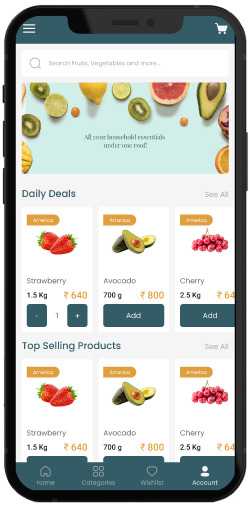
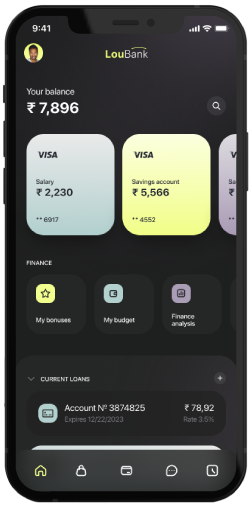
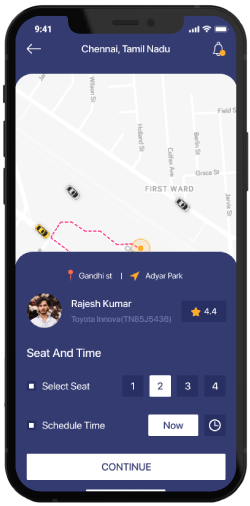
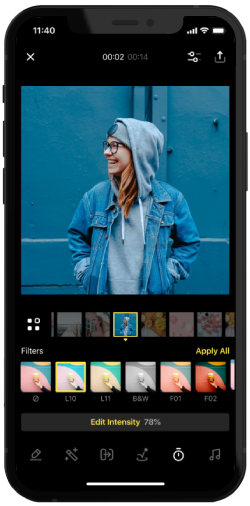
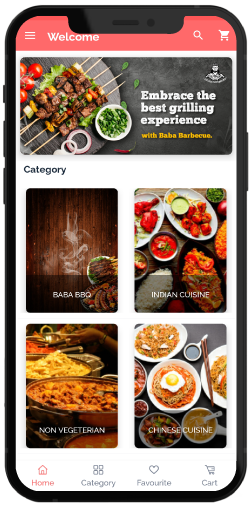

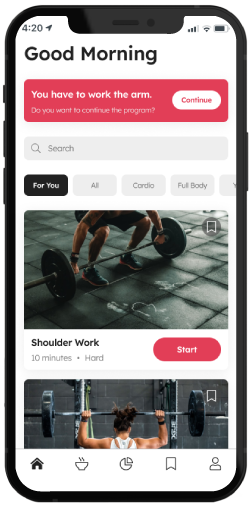
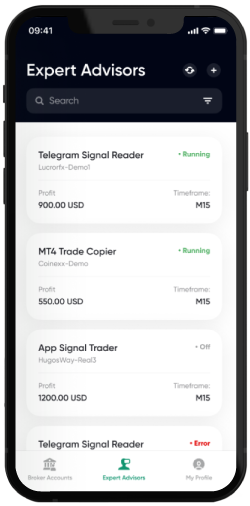
Our outstanding team of mobile app developer malaysia have years of experience and provide you with continuous assessment and support through our consultancy strategies. As we resolve your short and long term problems, your business will experience unparalleled growth.
Our professionals design innovative, elegant, and user-friendly UIs that are appealing to the users.
Owing to our technical abilities, we deliver a broad range of solutions that have been tested in every environment.
A prototype of the app is designed before we start working on it to ensure that the development process goes smoothly.
We globally develop custom-built apps for clients that are budget friendly.
We make use of Agile Software Development Methods to develop the software for clients.
Maintenance is included in our services as well because without maintenance an app cannot work, as updated versions are to be added now and then.
We love offering cutting edge technology. From iPhones to Androids, from smartwatch betas to iWatches to testing the limits of our ALEXA apps, we're always excited about what's new and how we can use it to add value to iPhone apps & Android apps that we are developing
Spider Asia Sdn Bhd stands out as a premier mobile app development company in Malaysia and Singapore for several key reasons:
Mobile app development services encompass the full spectrum of creating, launching, and maintaining mobile applications. This includes:
For a fully scalable mobile application project, consider a robust and flexible technology stack that addresses both frontend and backend scalability:
By combining these technologies, you can build a mobile application that scales efficiently to meet increasing demand while ensuring a smooth user experience.
Building an app typically involves a series of well-defined steps:
This structured approach helps ensure that each aspect of the app—from concept to post-launch support—is carefully managed for a successful outcome.
To ensure your app is secure, you should take a comprehensive approach that covers every stage of its lifecycle:
By following these steps, you can significantly strengthen your app's security and protect both your business and its users.
When considering app monetization, you can explore several strategies based on your app’s type and audience:
Each method has its own benefits, so it’s important to align your choice with your target audience and the value your app delivers.